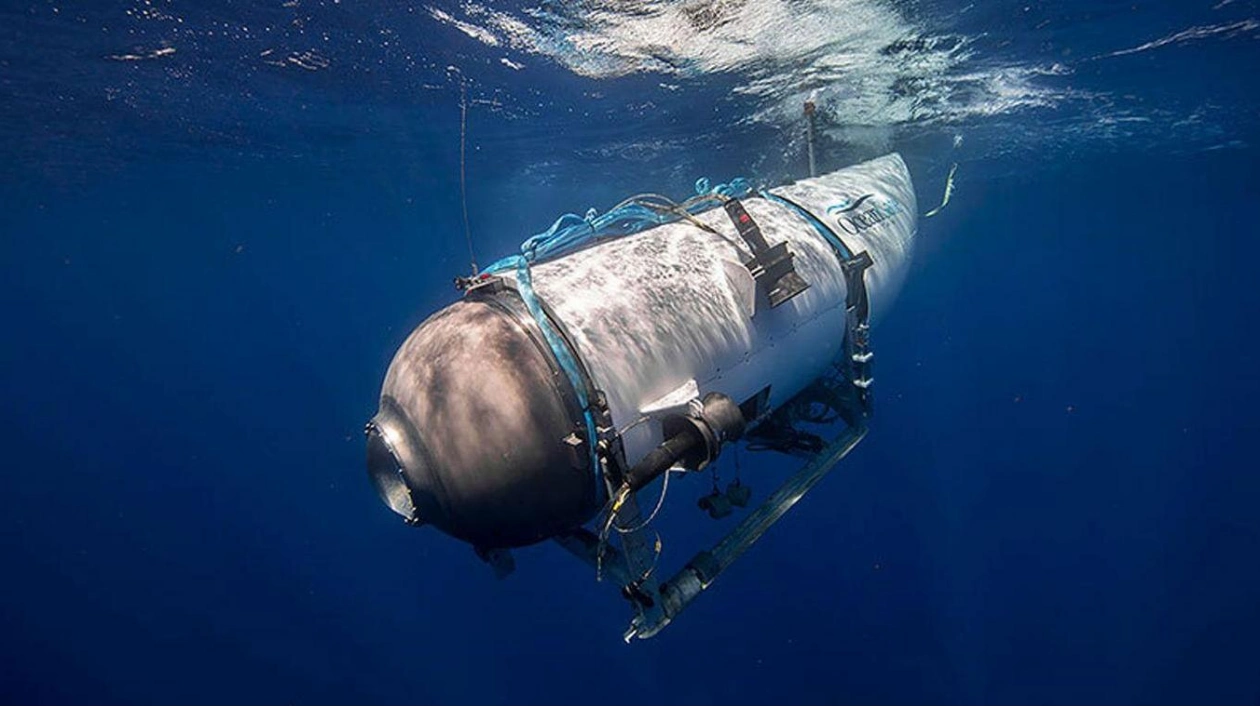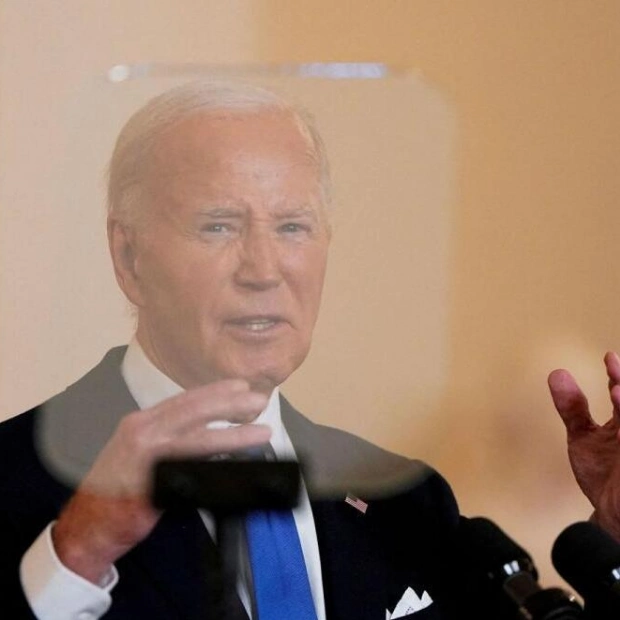The US Coast Guard has initiated a public hearing to investigate the tragic loss of the Titan submersible. The hearing is set to commence on 16 September at the Charleston County Council Building in South Carolina and is anticipated to span two weeks. The primary objective of the hearing is to uncover the circumstances surrounding the incident and formulate recommendations to avert similar disasters in the future.
A statement from the US Coast Guard elucidates: "The hearing will scrutinize all facets of the loss of the Titan, encompassing pre-accident historical events, regulatory adherence, crewmember responsibilities and qualifications, mechanical and structural systems, emergency response protocols, and the submersible industry as a whole." The Coast Guard Marine Board of Investigation disclosed the schedule and witness list earlier this month, which includes ten former employees of OceanGate, an American tourism and expeditions company.
Notable among the witnesses is engineer David Lochridge, who claims he was dismissed from OceanGate in 2018 for voicing safety concerns regarding quality control. Additionally, Patrick Lahey, co-founder of Triton Submarines, made his first public remarks on the Titan submarine disaster in a special episode of the Big BOAT Interview. Lahey described the disaster as an "experimental monstrosity that should never have carried people." A total of 24 witnesses are scheduled to testify before the Titan Marine Board of Investigation.
On 18 June 2023, the 6.7-metre submersible Titan disintegrated during its descent to the Titanic wreck at a depth of 3,800 metres. Operated by OceanGate, the Titan carried five passengers who perished due to the sub's violent collapse. The victims included Pakistani investor Shahzada Dawood and his son Suleman, British businessman Hamish Harding, French diver Paul-Henri Nargeolet, and OceanGate CEO Stockton Rush.
Titan was expected to reach the wreckage in approximately two and a half hours but lost contact with its mothership, Polar Prince, triggering a search operation for the missing submarine. The incident garnered global media attention and shook the yachting and submersible industry. The US Coast Guard convened a Marine Board of Investigation (MBI) to probe the loss of the Titan submersible, and the investigation is ongoing.
While various theories and studies have been proposed regarding the cause of the Titan submarine tragedy, including microscopic imperfections in the carbon fibre hull, no definitive conclusion has been reached. The US Coast Guard launched an investigation in June last year, which convened an MBI to examine "whether new laws or regulations are needed, or if existing ones should be amended or repealed, to prevent the recurrence of such a casualty."
The Coast Guard received debris and evidence retrieved from the seafloor near the Titan submersible's location on 28 June 2023. Later in the year, marine safety engineers with the MBI conducted a follow-up salvage mission, recovering additional presumed human remains from within Titan’s debris. The evidence was transported for analysis by US medical professionals on 4 October 2023.
In November 2023, the US Coast Guard, National Transportation Safety Board (NTSB), Transportation Safety Board of Canada (TSB), and the French Marine Casualty Investigation Authority (BEAmer) reviewed the recovered Titan submersible debris in Newport, Rhode Island. Jason Neubauer, chair of the Titan Marine Board of Investigation (MBI), emphasized the significance of international and interagency coordination in marine casualty investigations.
Earlier this year, a purported transcript of communications between the sub and its mothership, which went viral last year, was declared a fabrication. "I’m confident it’s a false transcript," stated MBI chairman Captain Jason D. Neubauer. "It was fabricated." The timeline of events includes the Titan submersible's launch from its mothership, Polar Prince, at 08:00, followed by the loss of contact at 09:45. The U.S. Navy detected an "anomaly consistent with an implosion or explosion." Titan was scheduled to resurface at 15:00 but failed to do so, prompting the U.S. Coast Guard to be notified at 17:40.
The search for Titan commenced, with speculation surrounding sonar detecting "banging" noises in the search area, later identified as natural ocean sounds. Debris and remains of the sub were discovered approximately 500 metres from the bow of the Titanic, leading the Coast Guard to conclude that the submersible had suffered a "catastrophic implosion." The Coast Guard arranged an MBI to determine the cause of the Titan's loss.
The wreckage of the Titan submersible was located on the ocean floor, about 300 metres off the bow of the Titanic, and was brought to St. John's, a city on Newfoundland island off Canada's Atlantic coast. OceanGate announced it is ceasing operations. The family of French diver Paul-Henri Nargeolet, one of the passengers who died in the Titan disaster, filed a wrongful death lawsuit against OceanGate in August 2024, seeking over $50,000,000.
The lawsuit accuses OceanGate of gross negligence, alleging that the waiver and release "failed to disclose many key, relevant risk factors" regarding the design and operation of Titan and the materials used in its construction. The complaint suggests the distressing conditions the passengers may have experienced in their final moments, including hearing the carbon fibre’s crackling noise intensify as the weight of the water pressed on Titan’s hull, losing communications and possibly power, and descending with full knowledge of the vessel’s irreversible failures.
OceanGate has yet to comment on the lawsuit, which was filed in King County, Washington. In a special episode of the Big BOAT Interview, Triton Submarines' co-founder Patrick Lahey recounts pleading with his long-time friend and Titanic expert Paul-Henri Nargeolet not to dive with OceanGate. "I tried to do everything I could to discourage him from going out there. I know many people that knew him did the same thing." Rob McCallum, co-founder of EYOS Expeditions, also discusses his email exchange with OceanGate CEO Stockton Rush, warning him that he was courting disaster by taking the uncertified Titan submersible to such extreme depths.
"He was completely dismissive," McCallum says. "The minute I found out it was going to be an unclassed vehicle, that's when the alarm bells rang. But perhaps the biggest red flag of all was when a senior member of the OceanGate team wrote a report laying out the 26 or 27 things wrong with the sub and suggested solutions to those problems and he was silenced." McCallum also relates the final time he met Rush, at a dinner, when he told him, "I told him in no uncertain terms that he was doing the wrong thing."
Lahey also met Rush and toured the OceanGate submersible while it was being tested in the Bahamas. "There were glaring defects. I made this list of things for them to address. But when I looked at it, I thought I didn't have to worry too much as there was no way it was ever going to see the light of day." Both Lahey and McCallum emphasize the importance of third-party certification for all submersibles to prevent similar incidents.
"It's essential," says Lahey. "If people insist on [accreditation] you can be assured that the craft that you're getting in has been reviewed independently by a group of professionals and according to a set of rules, it will be safe. If you look at the track record of certified craft, it is without peer – 50-plus years of absolute safety." The full interview with Lahey and McCallum is available on the BOAT Briefing podcast, released every week. Listen via Apple Podcasts and Spotify, and don't forget to subscribe to never miss an episode of the superyacht industry's biggest podcast.






